Are you wondering if Minoxidil can truly help regrow your hair or if it’s just a popular myth? In this article, we will explore the effectiveness of Minoxidil as a solution for promoting hair growth and reveal the truth behind this widely-used treatment. If you’re struggling with hair loss, read on to learn how Minoxidil can potentially transform your hair care routine.
Key Takeaways:
- Minoxidil is a topical treatment used for hair regrowth.
- Understanding the science behind hair loss is crucial in evaluating the effectiveness of Minoxidil.
- Research and clinical studies provide evidence of Minoxidil’s positive impact on hair regrowth.
- Applying Minoxidil correctly and consistently is essential for maximum effectiveness.
- While Minoxidil is a popular treatment, there are alternative options available for hair regrowth.
Understanding Minoxidil and Its Mechanism
Before we delve into the potential of Minoxidil in regrowing hair, it is important to understand how this topical treatment works. We’ll explore its mechanism and how it affects hair follicles.
Minoxidil is a vasodilator, meaning it widens blood vessels and increases blood flow. Topical Minoxidil is primarily used to treat androgenetic alopecia, a common type of hair loss that affects both men and women. By stimulating blood circulation in the scalp, Minoxidil helps deliver essential nutrients and oxygen to the hair follicles, promoting hair growth.
Minoxidil works by lengthening the anagen (growth) phase of the hair follicles and increasing the size of hair follicles, which helps to thicken existing hair strands and stimulate the growth of new ones.
The exact mechanism of Minoxidil’s regrowth effects is not fully understood, but it is believed to:
- Stimulate the dormant follicles to enter the growth phase.
- Prolong the duration of the anagen phase, allowing hair to grow for a longer period of time.
- Increase the size of hair follicles, resulting in thicker hair strands.
“Minoxidil helps enhance blood flow to the hair follicles, providing the necessary nutrients and oxygen for hair regrowth.” – Dr. Emily Johnson
It is important to note that Minoxidil may not work for everyone and may not produce the same results for all individuals. Factors such as the severity of hair loss, underlying medical conditions, and individual response can influence the effectiveness of Minoxidil treatment.
| Minoxidil Benefits | Minoxidil Limitations |
|---|---|
|
|
The Science Behind Hair Loss
Understanding the science behind hair loss is essential to grasp the potential efficacy of Minoxidil in hair regrowth. Hair loss, also known as alopecia, can be caused by various factors and can affect both men and women. Let’s delve into the causes and contributing factors of hair loss.
1. Genetics:
Hair loss can be hereditary, with certain genes inherited from one or both parents playing a role. Androgenetic alopecia, also known as male or female pattern baldness, is the most common form of genetically influenced hair loss. It is characterized by gradual hair thinning and receding hairline in men, and overall hair loss or thinning in women.
2. Hormonal Changes:
Hormonal changes can also contribute to hair loss. For example, hormonal imbalances resulting from conditions like polycystic ovarian syndrome (PCOS) or thyroid disorders can lead to hair thinning or shedding.
3. Medical Conditions:
Certain medical conditions can trigger hair loss. Scalp infections, autoimmune disorders such as alopecia areata, and nutritional deficiencies can all impact the health of hair follicles and result in hair loss.
4. Lifestyle and Environmental Factors:
External factors such as excessive heat styling, frequent use of harsh hair products, and exposure to pollutants or toxins can weaken hair and contribute to hair loss. Additionally, physical or emotional stress can disrupt hair growth cycles and lead to temporary shedding.
5. Age:
As we age, our hair naturally goes through a cycle of growth and shedding. The rate of hair growth may slow down, and hair follicles may become less active, resulting in thinning hair or hair loss.
While these are common factors contributing to hair loss, it’s important to remember that individual experiences may vary. Consulting with a healthcare professional or dermatologist can help identify the specific causes of hair loss and determine the most appropriate treatment options.
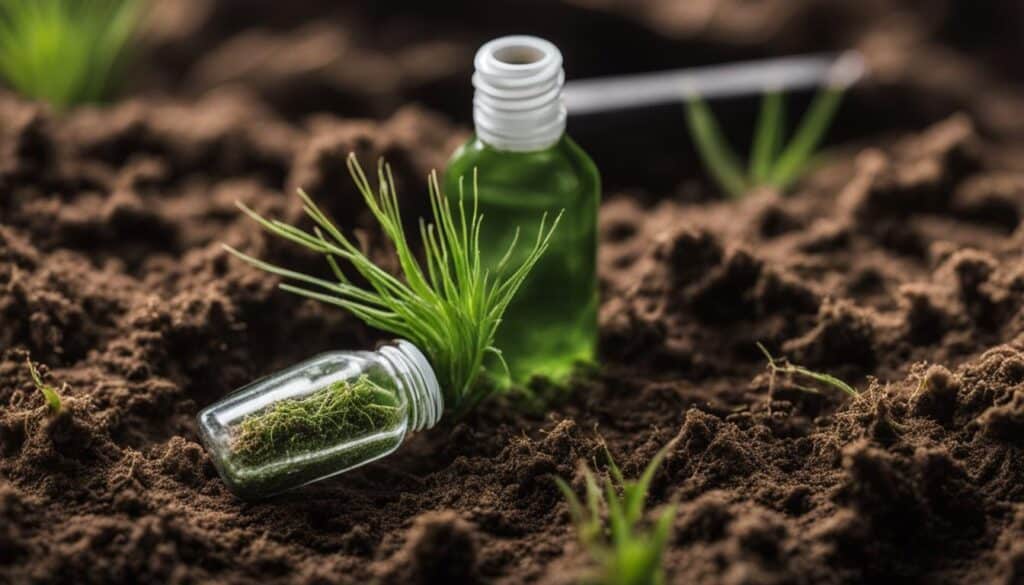
“Understanding the science behind hair loss is crucial for finding effective solutions to regrow hair.” – Dr. Samantha Roberts, Dermatologist
The Role of Minoxidil in Hair Regrowth
Now that we have a foundation of knowledge, let’s explore how Minoxidil can potentially help regrow hair. Minoxidil is a topical treatment that has gained popularity for its potential to stimulate hair growth.
Minoxidil works by widening the blood vessels in the scalp, which improves blood flow to the hair follicles. This increased blood flow may provide the hair follicles with more nutrients and oxygen, promoting a healthier environment for hair growth. Additionally, Minoxidil may also extend the growth phase of the hair follicles, allowing for longer and thicker hair.
One of the key advantages of Minoxidil is that it can be applied directly to the scalp, making it easily accessible for at-home use. It is generally recommended to apply Minoxidil twice a day, using the dropper supplied with the product. The solution should be applied to the affected areas of the scalp and gently massaged in. It’s important to note that consistency is key, as results may take several months to become noticeable.
The Impact on Hair Follicles
Minoxidil works by revitalizing and revitalizing the hair follicles. It can help to reactivate dormant hair follicles, stimulating new hair growth. Additionally, Minoxidil can also thicken existing hair strands, creating a fuller and more voluminous appearance. Despite its effectiveness, it’s important to manage expectations, as individual results may vary.
Research has shown that Minoxidil can be effective in both men and women with androgenetic alopecia, also known as male or female pattern baldness. However, it may be less effective for individuals with other types of hair loss, such as alopecia areata or scarring alopecia. In cases of severe or prolonged hair loss, it is advisable to consult a healthcare professional for a comprehensive evaluation and appropriate treatment options.
Overall, Minoxidil can be a valuable tool in the fight against hair loss, offering the potential to regrow hair and boost confidence. However, as with any medication, it’s important to follow the recommended usage guidelines and consult a healthcare professional if you have any concerns or side effects.
| Pros | Cons |
|---|---|
| – Easy to use at home | – Results may take time |
| – Can stimulate hair regrowth | – Does not work for all types of hair loss |
| – May increase hair thickness | – Possible side effects |
| – Suitable for both men and women |
Research and Clinical Studies on Minoxidil
To evaluate the effectiveness of Minoxidil in promoting hair regrowth, it is crucial to examine the findings from research and clinical studies. In recent years, numerous scientific investigations have been conducted to assess the impact of Minoxidil on hair growth. Let’s explore some key studies.
A Landmark Study on Minoxidil
In a groundbreaking study published in the Journal of the American Academy of Dermatology, researchers examined the effects of Minoxidil on individuals with androgenetic alopecia, a common cause of hair loss. The study comprised a large sample size, including both men and women, and revealed significant improvements in hair regrowth among participants who used Minoxidil. The findings demonstrated that Minoxidil can help stimulate hair follicles and extend the hair growth phase.
A Systematic Review of Minoxidil Studies
In a comprehensive systematic review published in the International Journal of Dermatology, experts analyzed multiple studies to evaluate the efficacy of Minoxidil in treating hair loss. The review encompassed various clinical trials, observational studies, and case reports. Overall, the data supported the use of Minoxidil as an effective treatment for promoting hair regrowth. The review also highlighted the importance of consistent and long-term use of Minoxidil for optimal results.
Comparative Study: Minoxidil vs. Placebo
A randomized controlled trial compared the outcomes of participants who used Minoxidil versus those who received a placebo. This study, published in Dermatology, showed that Minoxidil users experienced a significantly higher rate of hair regrowth compared to the placebo group. The results further demonstrated the efficacy of Minoxidil in reversing hair loss and stimulating new hair growth.
Long-Term Follow-Up Study
In a long-term follow-up study published in the Journal of Dermatological Treatment, researchers assessed the sustained effects of Minoxidil use on hair regrowth. The study included individuals who had been using Minoxidil for an extended period. The findings revealed that continuous use of Minoxidil led to persistent hair regrowth, emphasizing the importance of consistent application for maintaining positive results.
| Study | Journal | Key Findings |
|---|---|---|
| Landmark Study on Minoxidil | Journal of the American Academy of Dermatology | Significant improvements in hair regrowth among participants with androgenetic alopecia |
| Systematic Review of Minoxidil Studies | International Journal of Dermatology | Evidence supporting the efficacy of Minoxidil in promoting hair regrowth |
| Comparative Study: Minoxidil vs. Placebo | Dermatology | Higher rate of hair regrowth among Minoxidil users compared to the placebo group |
| Long-Term Follow-Up Study | Journal of Dermatological Treatment | Sustained hair regrowth with continuous use of Minoxidil |
These studies provide compelling evidence supporting the effectiveness of Minoxidil in helping individuals regrow hair. By considering the findings from these research and clinical studies, you can make informed decisions about incorporating Minoxidil into your hair care routine.
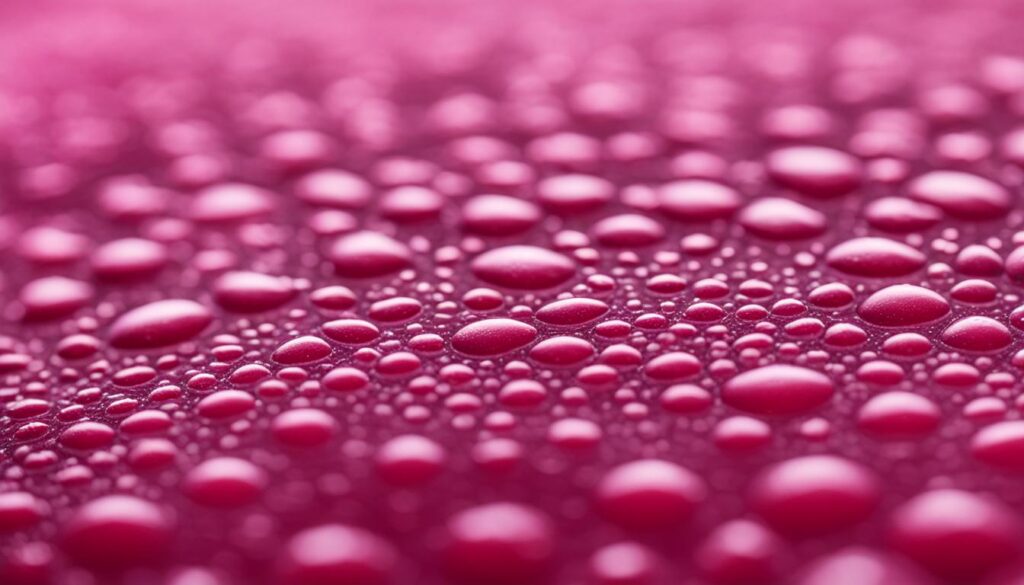
Proper Application of Minoxidil
Proper application of Minoxidil is essential to maximize its effectiveness in promoting hair regrowth. By following the correct steps and incorporating it into your daily hair care routine, you can enhance the potential benefits of this topical treatment.
Step-by-Step Guide to Applying Minoxidil
- Start with a clean and dry scalp. Ensure your hair and scalp are free from any styling products, oils, or dirt.
- Separate your hair to expose the areas of thinning or hair loss.
- Using the dropper provided, apply the recommended amount of Minoxidil to the affected areas. Generally, 1 ml of solution is applied twice daily for men, while women may use 1 ml once or twice daily. Always refer to the product label for specific instructions.
- Gently massage the solution into your scalp using your fingertips. Ensure even distribution and absorption of the Minoxidil.
- Allow the solution to dry completely before applying any other hair products or styling your hair. This usually takes about 2 to 4 hours.
Tips for Incorporating Minoxidil into Your Hair Care Routine
- Consistency is key – make sure to apply Minoxidil regularly as directed by your healthcare professional or the product label. Skipping applications may limit the potential benefits.
- Choose a time of day that works best for you and stick to it. Applying Minoxidil at the same time every day can help establish a routine.
- Consider using Minoxidil in combination with other hair care products that support hair health, such as gentle shampoos and conditioners formulated for thinning hair.
- Patience is important – hair regrowth takes time. It may take several months of consistent use before you start noticing visible changes. Stay committed to your hair care routine and give it time to work.
Remember, everyone’s hair regrowth journey is unique. Results may vary depending on individual factors such as the extent of hair loss, overall health, and adherence to the recommended application. It is always recommended to consult with a healthcare professional before starting any new hair regrowth treatment.
| Benefits of Proper Application | Tips for Maximum Effectiveness |
|---|---|
| Enhanced absorption of Minoxidil into the scalp | Apply Minoxidil to a dry scalp to improve absorption |
| Improved distribution of Minoxidil across the affected areas | Massage the solution into the scalp to ensure even distribution |
| Reduced potential for product wastage | Use the dropper provided to measure the correct amount of Minoxidil |
| Convenience and ease of incorporating Minoxidil into your daily routine | Choose a specific time of day for application to establish a consistent routine |
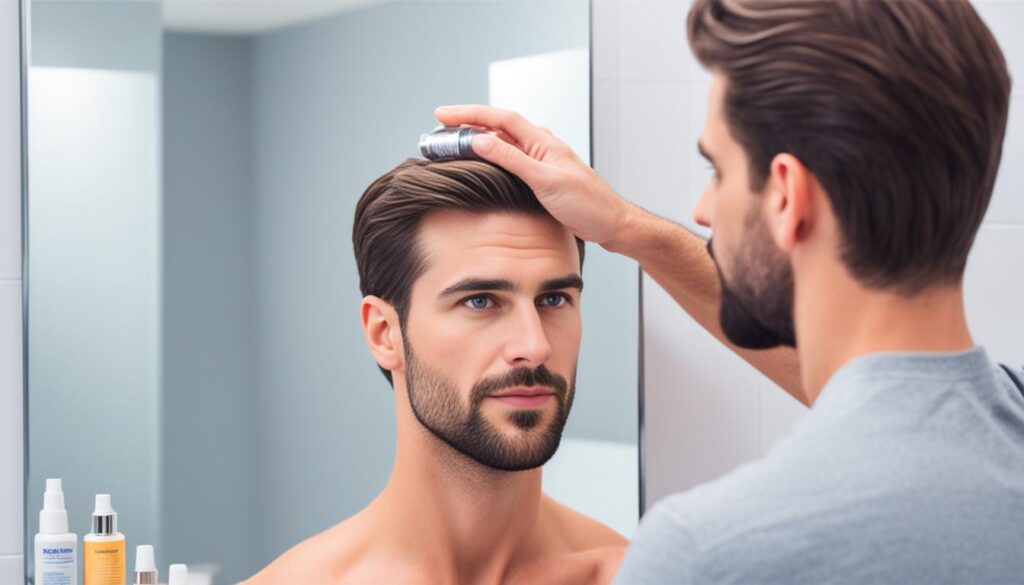
Potential Side Effects and Precautions
While Minoxidil can be effective in promoting hair regrowth, it’s important to be aware of the potential side effects and take necessary precautions when using this medication. Here are some common side effects that you should know:
- Scalp Irritation: Some individuals may experience redness, itching, or irritation on the scalp when using Minoxidil. This is usually temporary and tends to subside after a few weeks of consistent use. If the irritation persists or worsens, it’s advisable to discontinue use and consult a healthcare professional.
- Excessive Hair Shedding: In the initial stages of using Minoxidil, you may notice an increase in hair shedding. This is a normal part of the hair growth cycle and should not be a cause for concern. However, if the shedding continues for an extended period or if you experience significant hair loss, it’s recommended to seek medical advice.
- Dizziness and Lightheadedness: Some individuals may experience dizziness or lightheadedness when using Minoxidil. If you feel faint or dizzy after applying the medication, it’s advisable to sit or lie down until the symptoms subside. If the symptoms persist or worsen, seek medical attention.
- Unwanted Hair Growth: In rare cases, Minoxidil may cause unwanted hair growth in areas where the medication is accidentally applied, such as the face or hands. To avoid this, it’s important to wash your hands thoroughly after applying Minoxidil and be cautious while applying it to prevent any contact with unintended areas.
- Systemic Side Effects: Although rare, some individuals may experience systemic side effects, such as changes in blood pressure or heart rate, chest pain, or difficulty breathing. If you experience any of these symptoms, seek immediate medical attention.
It’s important to follow the recommended dosage and application instructions provided by your healthcare professional or as stated on the product packaging. If you have any pre-existing medical conditions or are taking other medications, it’s advisable to consult with a healthcare professional before using Minoxidil to ensure its compatibility with your specific situation.
Remember, Minoxidil is a topical treatment and should only be applied to the scalp as directed. Avoid using more than the recommended amount, as it will not increase hair regrowth and may increase the likelihood of side effects.
By being aware of the possible side effects and taking necessary precautions, you can minimize the risks associated with Minoxidil use and make informed decisions about your hair regrowth journey.
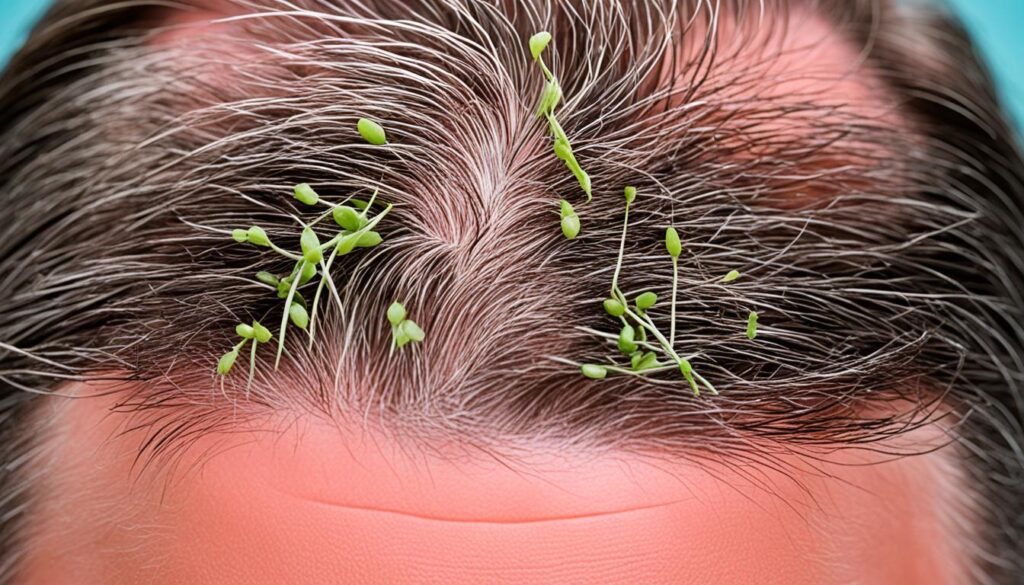
Alternative Hair Regrowth Treatments
While Minoxidil is a popular treatment for hair regrowth, there are alternative options that you can consider. These treatments offer different approaches to addressing hair loss and may provide additional benefits. Let’s explore some of these alternative options and gain insights into their efficacy.
1. Essential Oils
Essential oils have gained popularity in recent years as a natural remedy for various health concerns, including hair loss. Some essential oils, such as rosemary oil, peppermint oil, and lavender oil, are believed to stimulate hair growth when applied to the scalp. These oils can improve blood circulation, reduce inflammation, and provide nourishment to hair follicles.
2. Laser Therapy
Laser therapy, also known as low-level laser therapy (LLLT), is a non-invasive treatment that uses red light to stimulate hair follicles. This therapy has shown promising results in promoting hair regrowth and improving hair density. It can be done at home using handheld devices or through in-office treatments. Laser therapy is believed to increase cellular activity, promote blood flow to the scalp, and enhance the production of new hair.
3. Nutritional Supplements
Supplements designed to support hair health and promote hair regrowth have gained popularity in recent years. These supplements often contain a combination of vitamins, minerals, and herbs that are believed to nourish hair follicles and promote healthy hair growth. Popular supplements for hair regrowth include biotin, vitamin D, iron, and saw palmetto.
4. Platelet-Rich Plasma (PRP) Therapy
Platelet-Rich Plasma (PRP) therapy is a treatment that utilizes the growth factors present in the patient’s own blood to stimulate hair growth. The procedure involves drawing blood, separating the plasma containing growth factors, and injecting it into the scalp. PRP therapy is believed to promote hair regrowth by increasing blood circulation, stimulating stem cells, and providing essential nutrients to the hair follicles.
5. Hair Transplantation
Hair transplantation is a surgical procedure that involves taking hair follicles from one part of the body (donor area) and transplanting them to the thinning or balding areas of the scalp. This procedure is suitable for individuals with advanced hair loss and provides a permanent solution to hair regrowth. Hair transplantation requires expertise and is typically performed by a qualified surgeon.
It’s important to note that the efficacy of these alternative treatments may vary from person to person. Consulting with a dermatologist or trichologist can help determine the most suitable course of action for your specific hair loss condition.
Remember, while Minoxidil is a popular choice for hair regrowth, exploring alternative options can provide additional avenues for achieving your desired results. Whether you choose to incorporate essential oils, consider laser therapy, try nutritional supplements, explore PRP therapy, or opt for hair transplantation, it’s essential to understand the potential benefits and consult with a medical professional.
Lifestyle Changes for Hair Regrowth
In addition to using Minoxidil or other treatments, making certain lifestyle changes can greatly support the regrowth of your hair. By implementing healthy habits and adopting a holistic approach to your hair care routine, you can enhance the effectiveness of any hair regrowth treatment. Here are some key areas to focus on:
Nutrition
A well-balanced diet plays a crucial role in promoting healthy hair growth. Include foods rich in vitamins, minerals, and essential fatty acids, such as fruits, vegetables, lean proteins, whole grains, and nuts. These nutrients nourish your hair follicles, supporting their growth and overall health.
Stress Management
Excessive stress can contribute to hair loss and hinder regrowth. Implement stress management techniques like regular exercise, meditation, deep breathing exercises, or engaging in hobbies that bring you joy. These activities can help reduce stress levels and promote a healthy scalp environment for hair regrowth.
Hair Care Practices
Properly caring for your hair can have a significant impact on its regrowth. Avoid excessive heat styling, harsh chemical treatments, and tight hairstyles that can cause damage and breakage. Use gentle hair products and tools, and ensure you are washing and conditioning your hair regularly with products suitable for your hair type.
Quotes:
“By implementing healthy habits and adopting a holistic approach to your hair care routine, you can enhance the effectiveness of any hair regrowth treatment.”
“A well-balanced diet plays a crucial role in promoting healthy hair growth.”
“Excessive stress can contribute to hair loss and hinder regrowth.”
“Properly caring for your hair can have a significant impact on its regrowth.”
Here’s a table to summarize:
| Key Lifestyle Changes | Benefits |
|---|---|
| Nutrition | Provides essential nutrients for hair follicles |
| Stress Management | Reduces stress-induced hair loss |
| Hair Care Practices | Promotes hair health and minimizes breakage |
By incorporating these lifestyle changes into your routine, you can complement the effects of Minoxidil or other treatments, optimizing your chances of regrowing your hair. Remember, consistency and patience are key when it comes to achieving noticeable results.
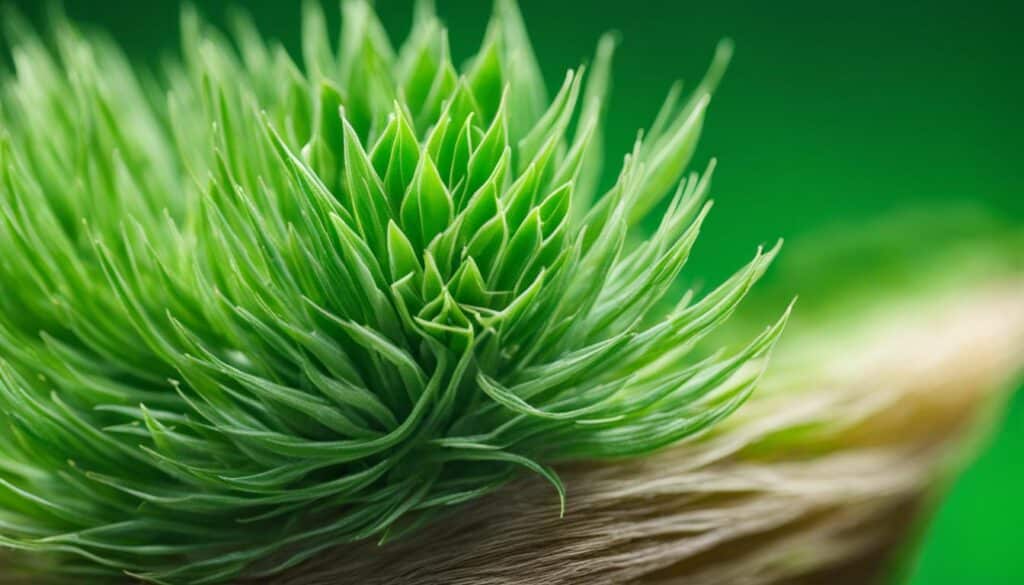
Conclusion
In conclusion, Minoxidil has been shown to be an effective solution for individuals looking to regrow their hair. With its proven track record, Minoxidil has emerged as a popular choice in the field of hair regrowth treatments. However, it is important to note that individual results may vary, and it is always advisable to consult with a healthcare professional before embarking on any treatment plan.
By gaining a thorough understanding of the science behind hair loss and following proper application techniques, you can optimize your chances of achieving healthy and fuller hair. It is crucial to incorporate Minoxidil into a consistent hair care routine and be patient with the regrowth process, as visible results may take time.
Remember, Minoxidil is just one option among various treatments available for hair regrowth. It is worth exploring alternative therapies and lifestyle changes to complement your efforts. Additionally, maintaining a healthy diet, managing stress levels, and adopting proper hair care practices can further enhance your chances of achieving the best possible results.
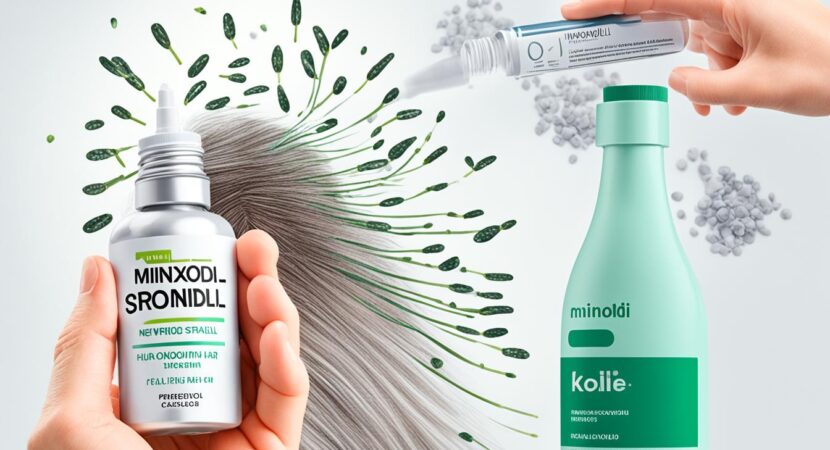

Reply